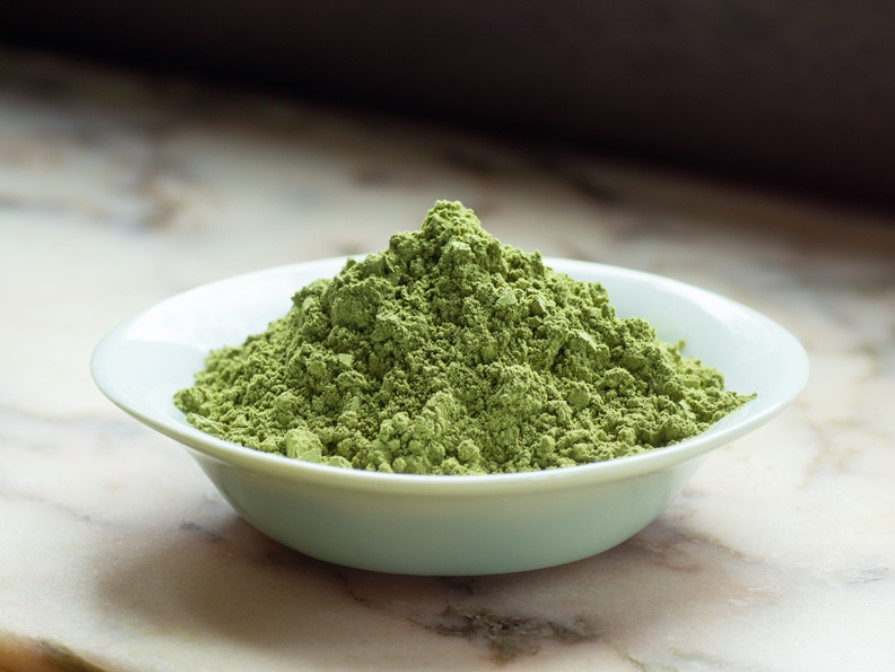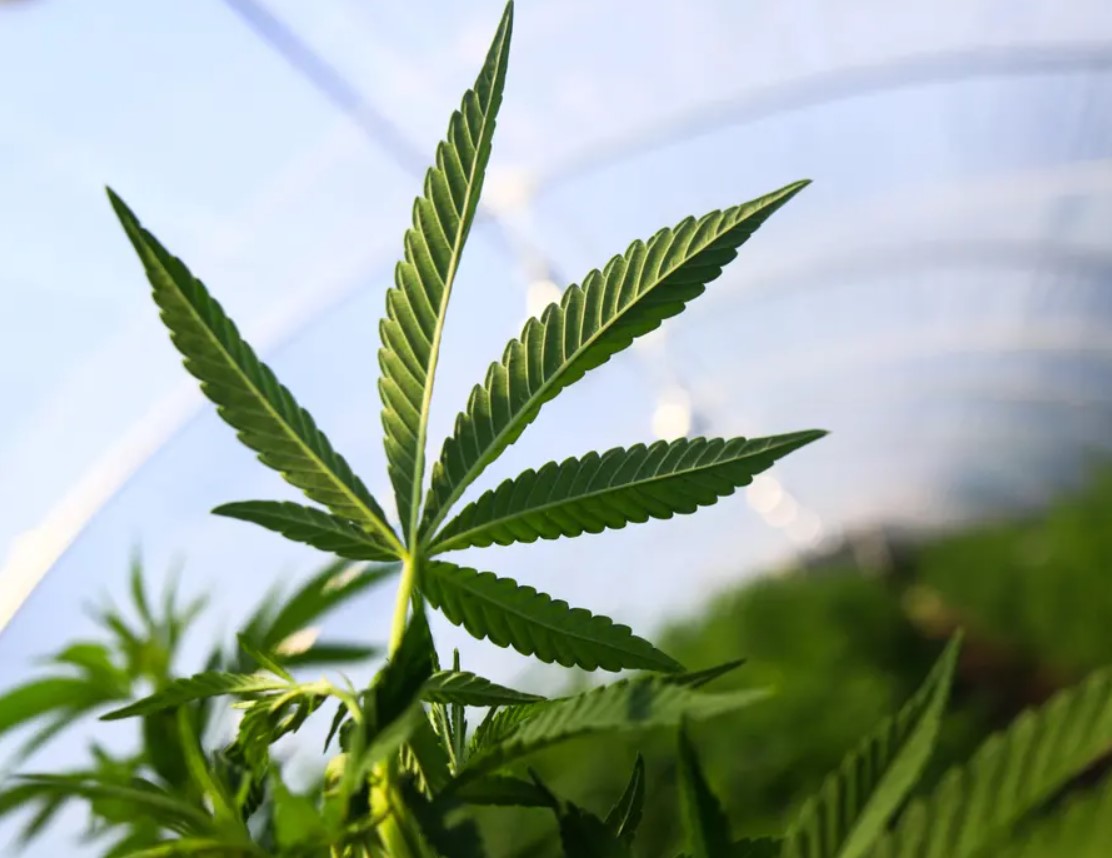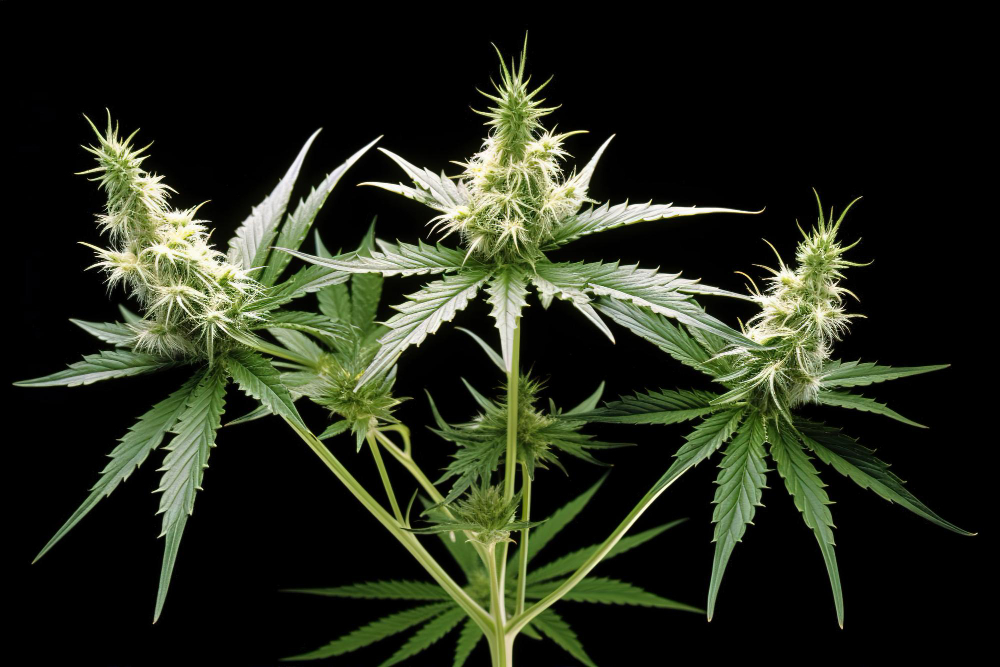How Much Kratom Is Too Much? Dosage, Risks, and Safety Guidelines

Kratom, a plant-based product native to Southeast Asia, has gained popularity as a dietary supplement and pain management tool.
However, it’s important to understand the potential risks and dangers associated with its use.
This article delves into the topic of how much kratom is too much, exploring the effects, signs of overdose, treatment options, and more.
What Is Kratom?
Kratom, scientifically known as Mitragyna speciosa, is an evergreen tree belonging to the coffee family. It is primarily found in Malaysia, Myanmar, Thailand, and other South Asian countries.
Kratom leaves or extracts have been traditionally used for their stimulating and sedating properties.
Additionally, some individuals rely on kratom to alleviate chronic pain and digestive issues, while others use it as an aid during opiate withdrawal [1].
How Do People Use Kratom?
There are various ways to consume kratom, depending on personal preference. It can be chewed in its raw leaf form, brewed into Kratom tea, smoked, or taken in kratom capsule or tablet form.
Kratom contains alkaloids called mitragynine and 7-hydroxymitragynine, which interact with opioid receptors in the brain.
In low doses, kratom can act as a stimulant, promoting energy and sociability. In higher doses, it exhibits sedative effects and can induce euphoria.
Is Kratom Legal?
The legal status of kratom varies across different countries and regions. In the United States, kratom is legal for consumption, although the government does not regulate it.
However, it’s essential to exercise caution when purchasing kratom products. Due to the lack of regulation, quality control can be inconsistent, and there is a risk of purchasing adulterated or contaminated kratom.
It’s advisable to buy kratom from reputable vendors who provide third-party lab testing to ensure product safety and purity.
Can You Overdose on Kratom?
While there is limited scientific research on kratom overdose, it is possible to consume too much kratom powder, especially when combined with other substances.
The effects of a kratom overdose can vary depending on factors such as tolerance levels and individual metabolism.
Some common signs of a kratom overdose may include nausea, irritability, agitation, drowsiness, elevated blood pressure, rapid heartbeat, psychosis, and even seizures.
What Are The Signs and Symptoms of a Kratom Overdose?
It’s important to be aware of the signs and symptoms that may indicate a kratom overdose. These can include:
- Nausea: Feeling of queasiness or an upset stomach.
- Irritability: Heightened sensitivity and easily provoked emotions.
- Agitation: Restlessness, uneasiness, or irritability.
- Drowsiness: Excessive sleepiness or a strong desire to sleep.
- Elevated blood pressure: An increase in blood pressure levels.
- Rapid heartbeat: A faster-than-normal heart rate.
- Psychosis: Loss of touch with reality, hallucinations, or delusions.
- Seizures: Sudden, uncontrolled movements or convulsions.
It’s important to note that the signs and symptoms of a kratom overdose can vary from person to person, and immediate medical attention should be sought if an overdose is suspected.
What Are the Treatment Options for a Kratom Overdose?
Treating a kratom overdose typically involves supportive care and addressing the specific symptoms experienced by the individual. The following treatment options may be considered:
- Medical supervision: It is essential to seek medical attention if a kratom overdose is suspected. Healthcare professionals can monitor vital signs, provide necessary interventions, and ensure the safety of the individual.
- Symptom management: Medications may be administered to address specific symptoms, such as antiemetics for nausea or anti-anxiety medications for agitation.
- Fluid and electrolyte balance: In severe cases, intravenous fluids may be administered to maintain hydration and correct any electrolyte imbalances.
- Psychiatric evaluation: If psychosis or severe psychological symptoms are present, a psychiatric evaluation may be necessary to provide appropriate treatment and support.
What Increases The Risk of a Kratom Overdose?
Several factors can increase the risk of a kratom overdose. These include:
- Mixing with other substances: Combining kratom with alcohol, opioids, benzodiazepines, or other central nervous system depressants can intensify the effects and increase the risk of overdose.
- High doses: Taking excessive amounts of kratom beyond one’s tolerance level can lead to overdose.
- Unknown potency: The lack of regulation and quality control in the kratom market means that the potency and purity of products can vary. Consuming kratom of unknown potency increases the risk of overdose.
Finding the Right Kratom Dosage for You
Determining the appropriate kratom dosage can be a personal process, as it varies depending on factors such as individual metabolism, tolerance levels, and desired effects.
It is generally recommended to start with a low dose and gradually increase if needed. However, it’s crucial to be mindful of the potential for overdose and adverse effects. Here are some guidelines for finding the right kratom dosage:
- Start with 2-4 grams: Begin with a low dose of 2-4 grams and observe the effects. Wait for 20 to 30 minutes to assess how your body responds before considering an additional dose.
- Increase gradually: If the desired effects are not achieved, you can increase the dose by 1-2 grams at a time. It’s essential to give your body time to adjust and avoid taking excessive amounts.
- Know your strain: Different kratom strains may have varying potencies and effects. Research and understand the characteristics of the strain you are using to determine an appropriate dosage.
- Stay hydrated: Kratom can have dehydrating effects, so it’s important to drink plenty of water to maintain hydration and minimize potential side effects.
When to See a Doctor
If you experience any concerning symptoms or suspect a kratom overdose, it is important to seek medical attention promptly.
A healthcare professional can assess your condition, provide appropriate treatment, and ensure your safety.
Additionally, if you are struggling with kratom use or suspect addiction, it is advisable to consult with addiction treatment specialists who can guide you through the recovery process.
Summary
Kratom is a plant-based product that has gained popularity for its stimulating and sedating effects, pain management properties, and potential as an aid during opiate withdrawal.
However, it’s crucial to understand the risks associated with its use, including the potential for overdose. It is recommended to start with low doses, be aware of the signs and symptoms of a kratom overdose, and seek medical attention if necessary.
Finding the right kratom dosage and using high-quality products from reputable sources is essential for safe consumption.
If you are struggling with kratom use, reach out to healthcare professionals or addiction treatment specialists for guidance and support.
References:
- Veltri C, Grundmann O. Current perspectives on the impact of Kratom use. Subst Abuse Rehabil. 2019 Jul 1;10:23-31. doi: 10.2147/SAR.S164261. PMID: 31308789; PMCID: PMC6612999.




